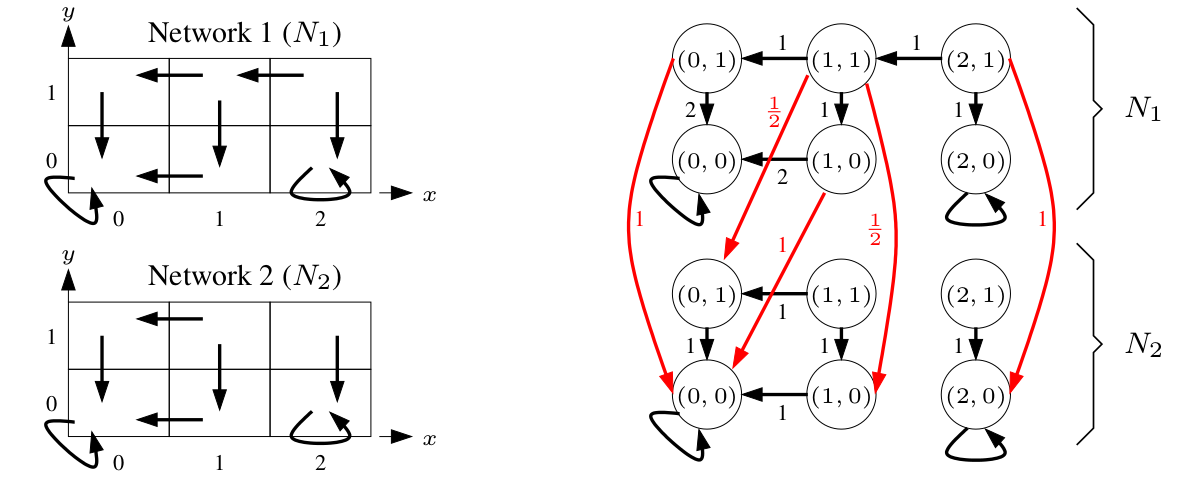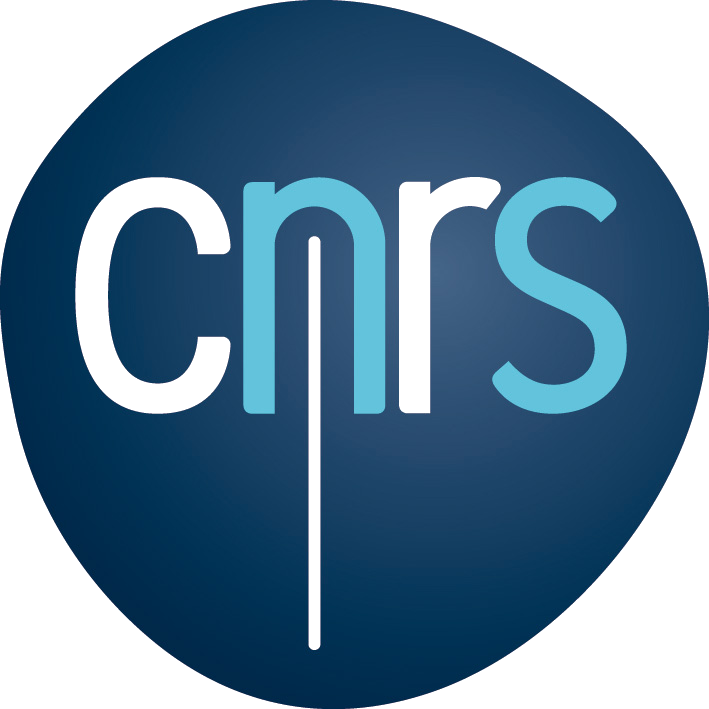Past projects
ModHyMet :
Hybrid modeling of cellular metabolism
type: IdEx UCA
period: 2018-2019
Numerous observations show that the cellular
metabolism, the mechanism of the circadian
clock and cell cycle are three processes that
interact in the normal cells. It is suspected
that the cross influences between these
processes are modified in tumor cells but we
don't know how. Understanding this complex
network is therefore an important issue both
fundamentally and biomedically. The objective
of this project is to build a mathematical
formal model of cellular metabolism capable
of taking into account temporal fluctuations
of metabolites (ATP, glucose, NAD+) and
cellular models allowing real-time and
single-cell analysis of major metabolic
pathway activity (AMPK, AKT/PI3K, redox
NADH/NAD+).
HyClock :
Hybrid Formal Modelling of Time
for Circadian Clock Biology and Chronopharmacology
type: ANR
period: 2014-2018
The general objective of HyClock project is (i) to
offer the proof of principle that hybrid modelling
outperforms classical formal methods for studying the
properties of the mammalian CTS and (ii) to apply this
approach to better understand the circadian clock-cell
cycle-cancer connection and their impact on cancer
chronopharamcology and chronotherapeutics.
The HyClock project gathers a multidisciplinary team
of experts in computer sciences, mathematical
modelling, chronobiology and chronopharmacology to
develop novel formal methods and hybrid modelling
frameworks and to apply them to the analysis and
understanding of the mammalian circadian clock. Our
goal is to perform a sufficient number of abstractions
in order to be able to exhaustively identify the
possible parameter values, using computer aided formal
reasoning while preserving a good quality of the
model, in such a way that the abstractions do not
damage its predictive capacity. This novel modelling
strategy will be first used to predict and analyse how
the coupled circadian clock-cell cycle network
responds to physiological synchronisation in healthy
cells with consequences on proliferation. Second, we
will investigate in vivo using experimental design
guided by these hybrid models how we can reinforce CTS
coordination of the host through synchronisation, in
order to improve the tolerability to treatments using
the widely used anticancer targeted agent everolimus
(mTOR inhibitor) and cytostatic chemotherapeutic agent
irinotecan as model drugs.
BioTempo :
Languages, time representations
and hybrid models for the analysis of incomplete
models in molecular biology
type: ANR
members:
iBV,
RBC,
I3S,
IRISA,
LINA,
IRCCyN,
INRIA,
DIMNP,
SBR,
CMM,
CMM,
ICS,
Potsdam Univ.,
Inserm
UMR 1087 / CNRS UMR 6291.
period: 2011-2014
This project starts from the observation that existing
modeling frameworks for biological systems are
relatively poor for handling time information. The
goal is here to combine 3 complement current
approaches (static models, time series models and
chronometric models) in order to provide a wider
framework for the interpretation of biological data.
CIRCLOCK :
Modeling of the circadian clock
type: PEPII
period: 2011-2013
The goal of this project is the modeling of the
circadian clock in humans taking into account time
information. The initial idea is based on the
observation that the time information is generally
underused because it does not yet exist modeling
framework that can handle it correctly.
TigerNet :
type: PHP Procope
period: 2011-2013
Construction of the necessary constraints for a discrete model of a
genetic network to be compatible with a known experimental trace.




